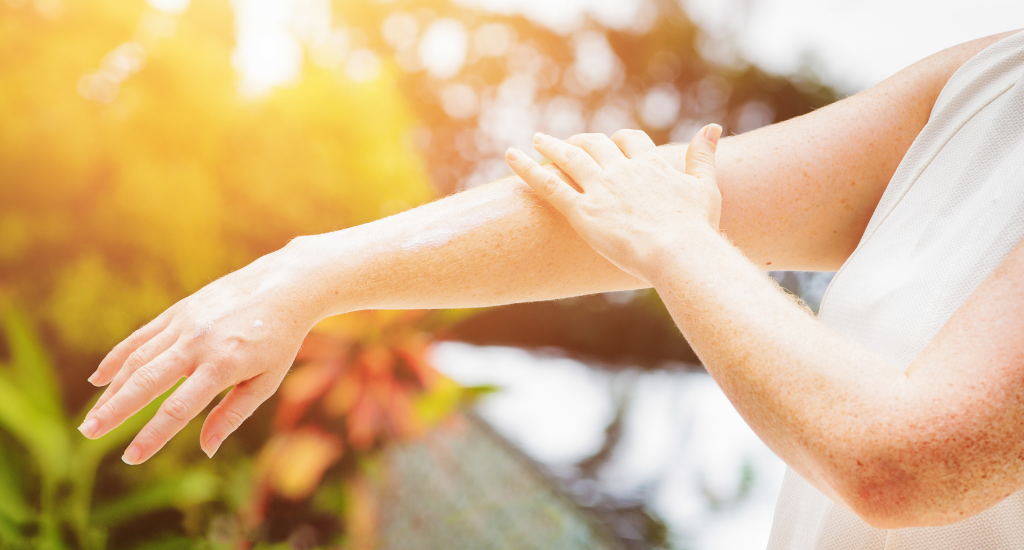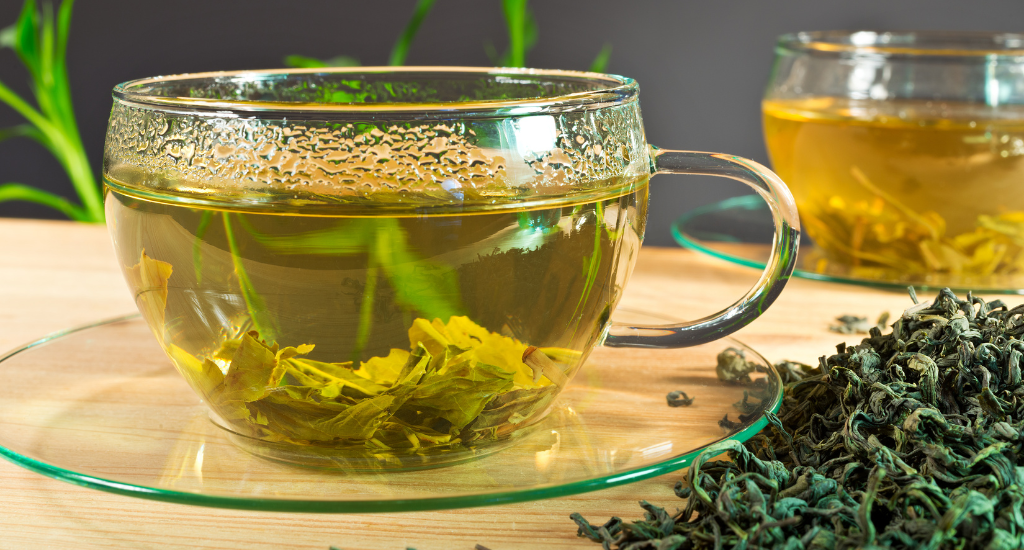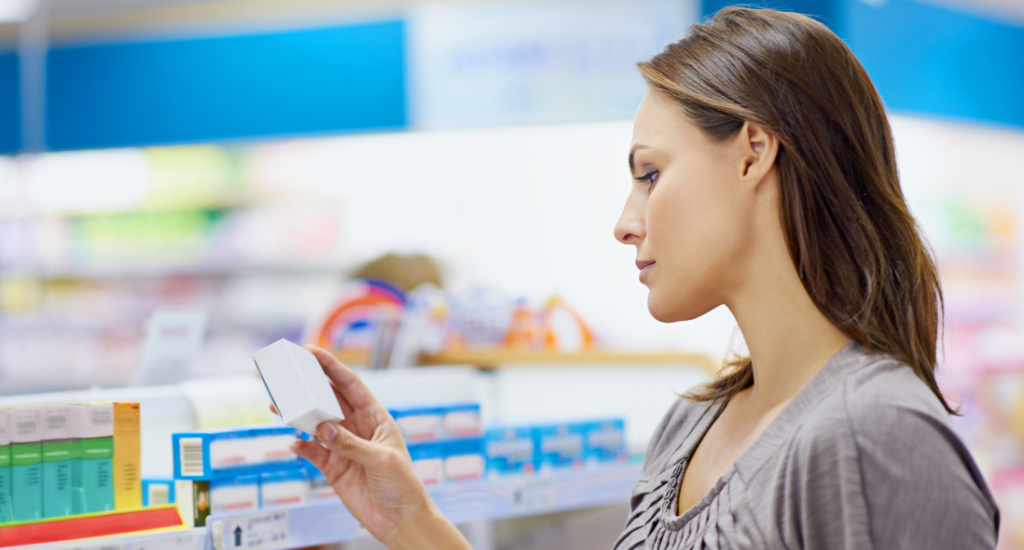Redness from pimples and acne can be both frustrating and embarrassing. It not only affects our appearance but also takes a toll on our self-esteem and confidence. Fortunately, there are effective ways to combat redness and achieve clearer, healthier skin.
In this comprehensive guide, we will explore the causes of redness, precautions to minimize it, natural remedies, over-the-counter treatments, professional options, lifestyle changes, and the importance of patience and consistency in achieving results.
Understanding the Causes of Redness
Redness is primarily caused by inflammation triggered by bacteria, hormonal factors, skin sensitivity, and environmental aggressors. When bacteria present on the skin penetrate the hair follicles, it can lead to an inflammatory response, resulting in redness and swelling.
Hormonal imbalances, especially during puberty or menstruation, can increase sebum production and contribute to redness. Individuals with sensitive skin may experience heightened redness due to reactions to certain skincare products or environmental factors. External aggressors such as excessive sun exposure, heat, humidity, and pollution can also exacerbate redness.
Precautions to Minimize Redness
Taking preventive measures is essential to minimize redness from pimples and acne and prevent flare-ups. Establishing a proper skincare routine specifically tailored for acne-prone skin is crucial. This includes using gentle cleansing techniques with lukewarm water and mild cleansers, avoiding scrubbing vigorously, and patting the skin dry instead of rubbing. Opt for non-comedogenic and oil-free skincare products that won’t clog the pores. Be cautious of harsh chemicals and irritating ingredients like alcohol, fragrances, and dyes that can further irritate the skin.

In addition to skincare, protecting the skin from external aggressors plays a vital role in reducing redness. Sun protection is paramount, and applying a broad-spectrum sunscreen with an SPF of 30 or higher can shield the skin from harmful UV rays. Minimize exposure to excessive heat and humidity, as they can trigger sweat production and contribute to redness. Also, try to avoid polluted environments and cleanse the skin thoroughly afterward to remove any pollutants.
Natural Remedies for Redness
Nature provides several remedies that can alleviate redness and soothe the skin. One of the simplest and most effective remedies is applying a cold compress to the affected areas. The cold temperature constricts blood vessels, reduces inflammation, and provides immediate relief. You can use a clean cloth soaked in cold water or ice wrapped in a thin towel and gently press it against the red areas for a few minutes.
Another natural remedy widely known for its soothing properties is aloe vera. Its gel-like substance helps reduce inflammation, redness, and swelling. Apply pure aloe vera gel extracted from the plant directly to the affected areas and leave it on for 15-20 minutes before rinsing off with water. Repeat this process 2-3 times a day for optimal results.

Green tea, rich in antioxidants and anti-inflammatory properties, can also aid in reducing redness. Brew a cup of green tea, allow it to cool, and then apply it to the affected areas using a cotton ball or spray bottle. Alternatively, you can use skincare products that contain green tea extract as an active ingredient to incorporate its benefits into your daily routine.
Chamomile, with its calming effects, can be used topically or in other forms to alleviate redness. You can prepare a chamomile tea infusion, allow it to cool, and apply it to the affected areas with a cotton ball. Alternatively, look for skincare products that contain chamomile extract or essential oil for a more convenient application.
Over-the-Counter Treatments
Over-the-counter treatments are readily available options for addressing redness caused by pimples and acne. These treatments often contain active ingredients that target inflammation and bacteria. One common ingredient is benzoyl peroxide, which works by reducing acne-causing bacteria and alleviating redness. When using benzoyl peroxide products, start with a lower concentration (2.5% or 5%) to minimize potential skin irritation, and gradually increase the concentration if needed. Apply a thin layer to the affected areas once or twice daily, following the instructions on the product label.

Another widely used ingredient is salicylic acid, known for its exfoliating properties. Salicylic acid helps remove dead skin cells, unclog pores, and reduce redness. Look for products like cleansers, toners, or spot treatments that contain salicylic acid. Begin by using these products once daily, gradually increasing the frequency to twice daily if tolerated well.
Calamine lotion, commonly used for soothing and drying effects, can also be applied to redness-prone areas. It helps reduce inflammation and relieve itchiness. Apply a thin layer of calamine lotion to the affected areas and leave it on overnight. Rinse it off in the morning and repeat as necessary.
Professional Treatments for Redness
In cases where redness persists despite at-home remedies, seeking professional treatments from dermatologists or skincare specialists can provide effective solutions. These treatments are typically more potent and require expertise in their application.
Chemical peels are procedures that involve applying a chemical solution to the skin, causing the top layer to exfoliate and eventually peel off. This process reveals a fresh layer of skin with reduced redness and improved texture. Chemical peels can be tailored to specific needs and may include ingredients such as glycolic acid, salicylic acid, or lactic acid. The procedure is performed by professionals, and the strength of the peel is determined based on individual skin condition. Aftercare instructions, including sun protection and gentle skincare, are crucial for optimal results.
Laser therapy is another professional treatment option for reducing redness from pimples and acne. Different types of lasers, such as pulsed dye laser (PDL) and intense pulsed light (IPL), can effectively target blood vessels, reduce inflammation, and improve overall skin tone. Laser treatments are non-invasive and require multiple sessions for optimal results. It’s important to consult with a dermatologist or skincare professional to determine the most suitable laser treatment for your specific needs. They will provide guidance on potential outcomes and associated risks.
Corticosteroid injections are reserved for severe cases of redness and inflammation. A dermatologist may administer these injections directly into individual pimples or acne cysts to reduce inflammation and redness. However, this treatment option is typically used sparingly due to potential side effects and risks. It’s important to consult with a dermatologist to assess the suitability of corticosteroid injections for your specific condition.
Lifestyle Changes for Reducing Redness
Adopting certain lifestyle changes can significantly contribute to minimizing redness and promoting healthier skin.
Dietary modifications can play a role in reducing redness from pimples and acne. Avoiding foods that are known to trigger inflammation, such as highly processed and sugary foods, can make a difference. Instead, opt for a balanced diet rich in fruits, vegetables, whole grains, lean proteins, and healthy fats. Foods high in antioxidants, such as berries and leafy greens, can help combat inflammation and promote healthier skin. Additionally, staying properly hydrated by drinking an adequate amount of water throughout the day can support skin health.
Stress management techniques are essential for reducing redness from pimples and acne flare-ups. Stress triggers hormonal imbalances, leading to increased sebum production and inflammation. Engaging in relaxation techniques such as deep breathing exercises, meditation, yoga, or regular physical activity can help alleviate stress. Adequate sleep and maintaining a healthy work-life balance are also crucial for overall well-being and skin health.
The Importance of Patience and Consistency
When it comes to addressing redness from pimples and acne, it’s important to remember that results may take time. Consistency is key in maintaining a skincare routine and implementing lifestyle changes. Be patient with your skin and give treatments and lifestyle adjustments sufficient time to work. It’s normal for improvements to occur gradually over weeks or months.
Maintaining a consistent skincare routine tailored to your skin’s needs is essential. Be mindful of the products you use and the ingredients they contain. Stick to the recommended usage guidelines and avoid excessive use of any product. Avoid the temptation of constantly trying new products, as this can disrupt your skin’s balance and hinder progress.
If redness from pimples and acne persists or worsens despite your efforts, it’s advisable to seek professional help. A dermatologist can assess your specific condition, recommend personalized treatment options, and provide expert guidance throughout your journey to healthier skin.
Unleash Your Radiance: Embrace Clearer Skin, Boost Confidence!
Banishing redness from pimples and acne is possible with the right approach and consistent efforts. By understanding the causes, taking precautions, exploring natural remedies, considering over-the-counter treatments, seeking professional options when necessary, and adopting a healthy lifestyle, you can achieve clearer, more confident skin. Embrace the journey towards healthier skin and bye to redness from pimples and acne!

